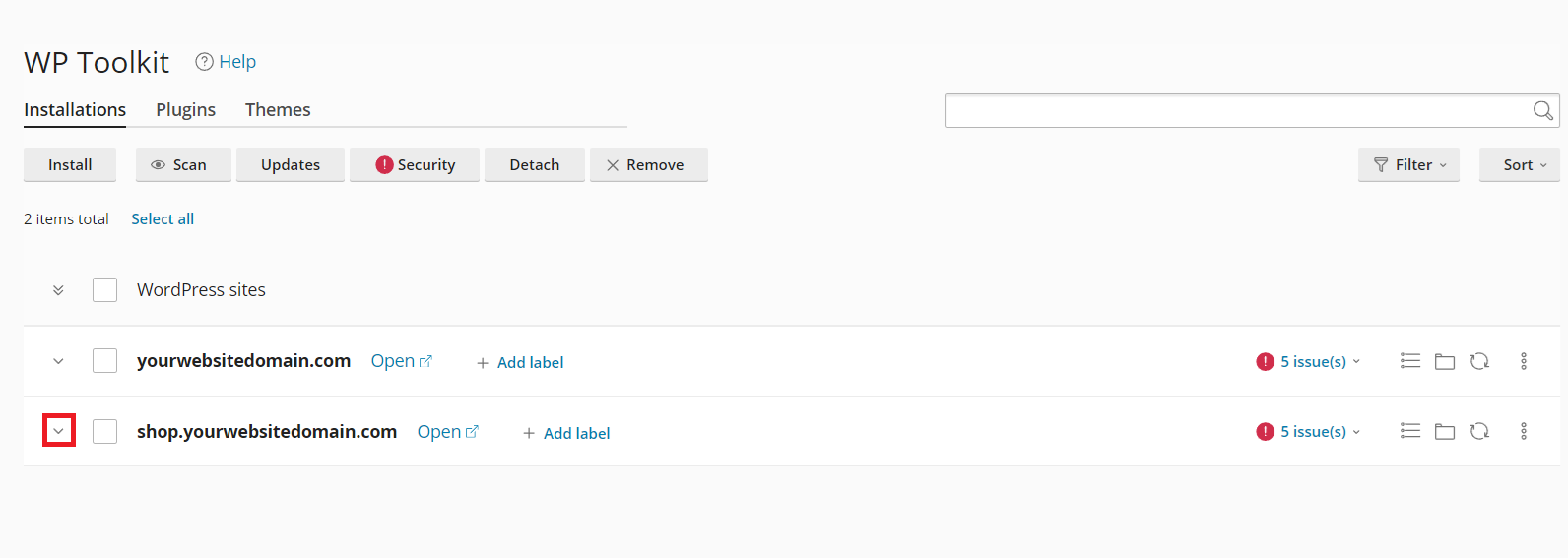This topic covers processes relating to a cPanel service. You will need to be logged into the cPanel account to follow the steps. If you’re not sure how to access your cPanel service — please, follow this guide before continuing: How do I Login to cPanel?
At Network Dynamics, we know that effective website management starts with understanding your site’s technical foundation. If you’ve ever wondered how to check my site’s document root, this guide is for you.
The document root, also known as the root directory, is the primary folder where all your website’s files reside—often named “public_html” by default. However, in some cases such as sub-domains or add-on domains, the document root may have a different name.
Furthermore, by learning how to check my site’s document root, you can quickly locate and manage your website files while ensuring optimal security and performance.
Ultimately, this guide empowers you with clear, step-by-step instructions to efficiently access your document root, so you can maintain and enhance your online presence with confidence.
To find the correct location of a site’s document root, please follow the steps below.
Method 1: Using the “Domains” tool in cPanel #
1. First, login to cPanel
2. After completing the previous step, click the ‘Domains’ tool located in the Domains section of your cPanel dashboard.

3. Look for your domain in the list shown in the Domains tool
4. Note the path shown in the ‘Document Root‘ column.
You may see /public_html or something else like /domain.com or /sub.domain.com etc.
- In the example image below, you can see the domain ‘shop.yourwebsitedomain.com’ is displaying ‘/public_html/shop’.
- This means, the folder named “Shop” that’s inside the folder named “public_html”, is the Document Root for “shop.yourwebsitedomain.com”.

Note: Clicking on the path name from the ‘Domains’ page will open the File Manager at the listed location, i.e. the document root path.
The image below shows the File Manager has opened to the Document Root for ‘shop.yourwebsitedomain.com’ located at /public_html/shop.

Method 2: Using the WordPress Management in cPanel #
If your WordPress installation is synced with or was created via the WordPress Toolkit;
1. First, login to cPanel
2. Click ‘WordPress Management‘ located in the left side menu of the cPanel dashboard.

3. Upon entering the WordPress Management page, kindly click the collapse arrow button; subsequently, your WordPress site details will be revealed.

4. After that, click “File Manager” and the page will promptly open at your site’s root document path.

5. Next, view your WordPress site’s installation path on your File Manager page. Consequently, this enables you to identify the folders you should check in JetBackup5 for the restoration process.

Conclusion: How to check my site’s document root #
Understanding how to check my site’s document root empowers you to manage your website’s file structure more effectively. Furthermore, with the expertise of Network Dynamics, you can quickly locate and update critical files to ensure optimal performance and security. Ultimately, mastering this process not only streamlines troubleshooting but also reinforces your overall digital strategy.
